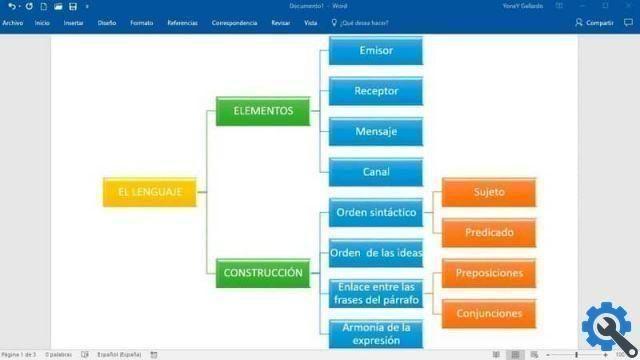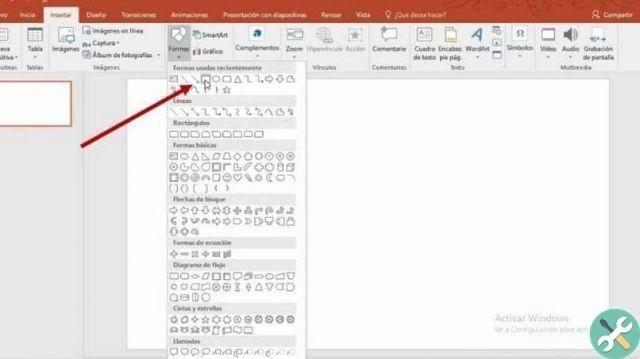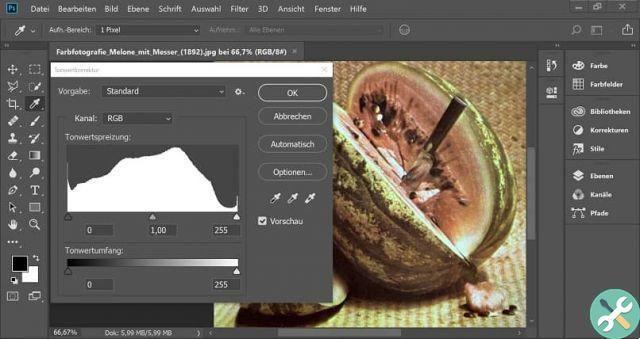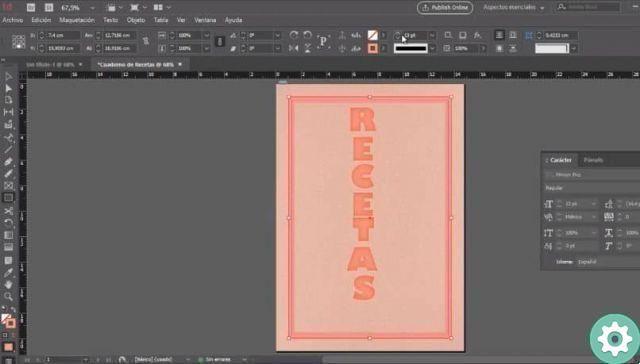Among the different tools this has powerful application called Corel Photo Paint, which will allow you to edit images, giving your projects a professional finish. Transparency has been found and through the following tutorial you will learn with simple steps how to apply different types of transparency to an object using Corel Photo Paint.
How to apply different types of transparency to an object using Corel Photo Paint" src="/images/posts/16ac89e9322c429075835010fb5214d9-0.jpg">
This tool for the transparency of objects, something we've already seen in Corel Draw , you can find it in the same section as the shadow tools. And this is in the side panel, under the Delete tool, if we position ourselves on it and right click. We can find the different options and in it we will find the Object transparency option.
By selecting this option, the different types of transparencies that we can apply to an object will be shown in the property bar.
Next we will explain what you need to do for apply different types of transparency to an object using Corel Photo Paint. But first we invite you to see the tutorial which will help you create and edit with the diffusion brush.
How to apply different types of transparency to an object using Corel Photo Paint
So when we have the object we will apply the transparency and we have selected the tool to activate the different types of transparencies. It will be shown in the property bar, which is located at the top left. Here we can see the Remove Transparency option first, this will allow us to remove it before applying it.
So, as a second option, we find uniform transparency, then gradient transparency. Then we will find another option, Transparency of bitmap images and finally Transparency with texture. When you choose one of the types of Transparency, you will also find options to configure that transparency.
This means, when choosing the type of transparency in the property bar, several controls will appear to configure it.
For example, if we choose Uniform transparency, on the right side of the property bar you will find a selector that contains several preset transparencies, from more transparent to more opaque.
If we don't want to do it from the sector, we can do it from the transparency field, where we can add the value of our preference, between 0 and 100. Where 100 is a totally transparent object and 0 is a totally opaque object. Then we will find the Apply to Clipping Mask button.
Use of different transparency type settings
When this button is activated and then we click on the Apply option, it will be applied to the object without changing it permanently. And by generating a clipping mask, so that it can be changed at any time. And this mask will appear in the object manager, next to the object that has been clipped.
If I want for some reason, hide or disable it so as not to delete it, you just have to right clip and select the desired option. We will also find within the transparency configuration options, the Edit transparency button. All these configuration options will be available within the transparency types.
It is important that you know the button very well Transparency Edition, when you select it, it will show us the Edition window. In it we will find other types of transparencies and their respective configuration options for each of them. One of the types of transparencies that contain a large variety of editable options is the gradient.
Selecting it will show you many more options, including the gradient type which can be linear, conical, elliptical and rectangular. Whenever this option is selected, a line called the transparency arm will appear on the object.
With a starting point and an end point, even within the different options that this type of transparency shows us, we can name:
How to apply different types of transparency to an object using Corel Photo Paint" src="/images/posts/16ac89e9322c429075835010fb5214d9-1.jpg">
Organization of transparencies, Reverse the order of transparencies, Repeat and mirror or Repeat. And we also came up with this tutorial, which he wanted to show you how to apply different types of transparency to an object using Corel Photo Paint.


























